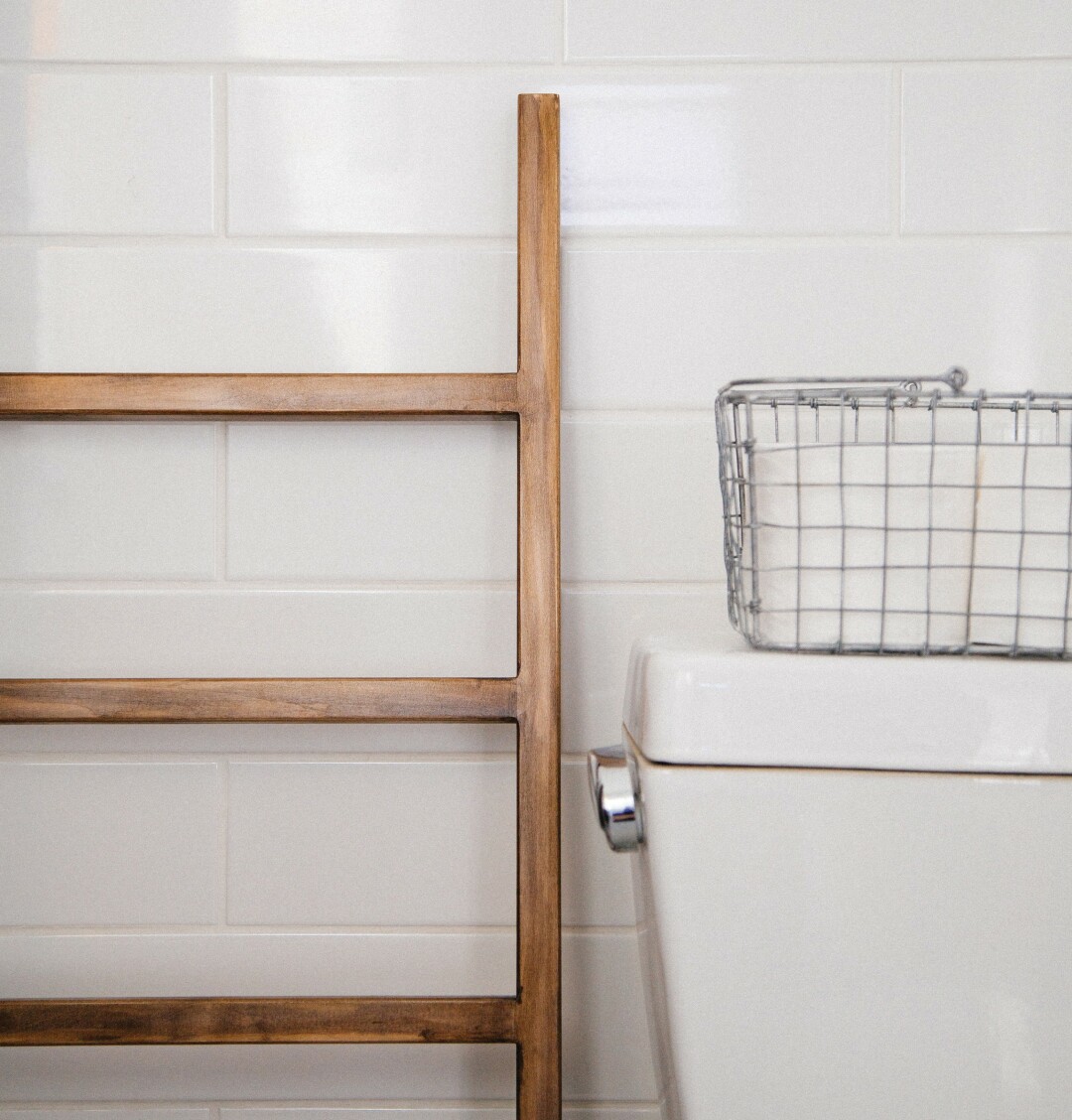Why is that? What Happens After You Flush?
Answering Your Kids’ Toughest Questions

Ever wonder what happens to poop and toilet paper after you flush the potty? All your house’s drains empty into the same outgoing sewer pipes. Water (and other things) from your toilet mixes with the water from your shower and your sinks. Any food chopped up with your garbage disposal goes into the sewer, too.
Poop, toilet paper, and leftover food are all organic materials. In this case, “organic” means something made of the element carbon (which is just about everything made from living things on this planet).
All these organic materials – and the water with them – end up at a waste water plant. This is where the situation changes based on where you live because cities handle these organic solids differently. Some separate the solids from liquids, process, and dispose of the solids in landfills. There, organic matter decomposes in a way that produce a lot of methane, a very powerful greenhouse gas. However, other cities, like Eau Claire, dispose of the solids in a more environmentally friendly way.
At the City of Eau Claire wastewater treatment plant, water and solids are heated and mixed with bacteria that quickly digest the organic matter. Bacteria and the organic matter form large clumps called flocs that settle to the bottom of the tank. Meanwhile, methane bubbles to the top. The Eau Claire waste treatment plant collects this methane and uses it to power the plant.
Eventually, the organic solids turn into a brown goo called sludge, which is donated to farmers. Sludge makes a great fertilizer but can only be used on crops not grown for humans to eat.
And what happens to the water? It’s cleaned with chemicals, then cleaned of those chemicals, then dumped into the Chippewa River as fresh water. Minnows from the river actually live better in this water than river water.


















